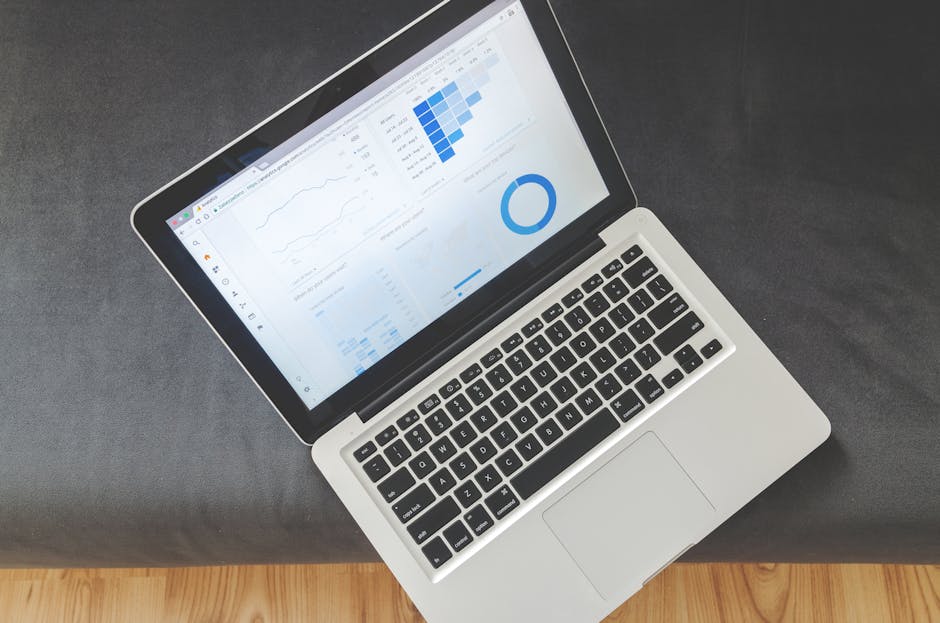Unlocking Workplace Potential: The Power of Digital Analytics in Employee Experience
“This article explores the transformative impact of digital workplace analytics and employee experience analytics in modern organizations. Learn how these powerful tools are reshaping workplace strategies, enhancing productivity, and fostering a more engaging work environment for the hybrid era. ”

Unlocking Workplace Potential: The Power of Digital Analytics in Employee Experience
In today's rapidly evolving work landscape, organizations are increasingly turning to digital workplace analytics and employee experience analytics to gain valuable insights and drive informed decision-making. These powerful tools are reshaping how companies approach workplace management, productivity, and employee satisfaction. Let's delve into the world of workplace analytics and explore how they're transforming the modern work environment.

The Rise of Digital Workplace Analytics
Digital workplace analytics have become an indispensable tool for organizations navigating the complexities of hybrid work models. By leveraging data-driven insights, companies can optimize their workspaces, enhance productivity, and create a more engaging work environment for their employees.
Key Components of Workplace Analytics
-
Office Utilization Metrics: These metrics provide crucial information about how physical spaces are being used, including:
- Office occupancy rates
- Space booking trends
- Capacity utilization
-
Productivity Analytics: These insights help organizations understand and improve employee performance:
- Time spent on various tasks
- Revenue per employee
- Technology usage patterns
-
Employee Experience Data: This qualitative and quantitative information offers a window into employee satisfaction and engagement:
- Sentiment analysis results
- Employee Net Promoter Score (eNPS)
- Pulse survey feedback
Harnessing the Power of Employee Experience Analytics
Employee experience analytics are becoming increasingly vital in creating workplaces that truly cater to the needs and preferences of the workforce. By analyzing this data, organizations can:
-
Boost Employee Retention: By combining productivity and satisfaction analytics, companies can identify factors that contribute to long-term employee commitment and address potential issues before they lead to turnover.
-
Enhance Employer Brand: Regular sentiment analysis and pulse surveys can help align the company's employer brand with employees' perceptions, creating a more authentic and attractive workplace culture.
-
Improve Collaboration: Sharing relevant workplace data with employees fosters transparency and breaks down communication silos, leading to improved teamwork and innovation.

Leveraging Analytics for Workplace Optimization
The insights gained from digital workplace analytics can be applied to various aspects of workplace management:
1. Optimizing Office Spaces for Health and Safety
In the post-pandemic era, maximizing office space utilization while ensuring employee safety is crucial. Workplace analytics can help organizations:
- Define optimal office capacities
- Implement effective physical distancing measures
- Identify high-traffic areas that may require additional safety protocols
2. Enhancing Remote Work Experiences
As remote work becomes a permanent fixture for many organizations, workplace analytics can help improve the home office experience:
- Identify technology gaps or connectivity issues
- Assess work-life balance through time management data
- Provide insights for creating ergonomic and productive home workspaces
3. Driving Data-Informed Decision Making
By incorporating workplace analytics into daily operations, organizations can:
- Make informed decisions about real estate investments
- Tailor workplace policies to meet employee needs
- Identify and address productivity bottlenecks

The Future of Workplace Analytics
As technology continues to evolve, we can expect workplace analytics to become even more sophisticated and integral to organizational success. Some emerging trends include:
-
AI-Powered Predictive Analytics: Machine learning algorithms will provide more accurate forecasts of workplace trends and employee needs.
-
Integration with IoT Devices: The Internet of Things will enable more comprehensive data collection, offering a holistic view of the workplace ecosystem.
-
Personalized Employee Experiences: Advanced analytics will allow for more tailored workplace experiences, catering to individual preferences and work styles.
Conclusion: Embracing the Analytics-Driven Workplace
Digital workplace analytics and employee experience analytics are no longer just nice-to-have tools; they're essential for organizations looking to thrive in the modern work environment. By leveraging these powerful insights, companies can create more productive, engaging, and satisfying workplaces that attract and retain top talent.
As we move forward, the organizations that embrace these analytics-driven approaches will be best positioned to navigate the challenges and opportunities of the evolving workplace landscape. By putting data at the heart of workplace strategy, businesses can unlock their full potential and create truly exceptional employee experiences.
Improving the workplace experience is an ongoing process, and with the right analytics tools and strategies in place, organizations can continuously adapt and evolve to meet the changing needs of their workforce.